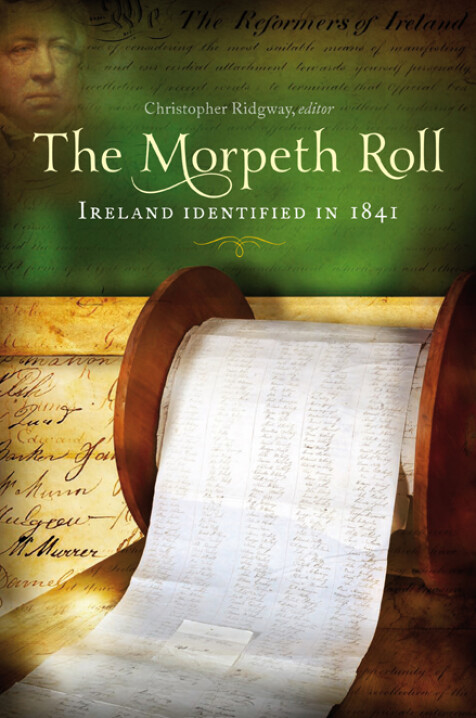The Morpeth Roll
Ireland identified in 1841
Christopher Ridgway, editor
In 1841, on stepping down as chief secretary, George Howard, Lord Morpeth, received a grand farewell testimonial from the people of Ireland. This took the form of over 160,000 signatures on sheets of paper wrapped around a gigantic bobbin; when unwound, the testimonial measures a staggering 420 metres. After decades of lying in obscurity in Castle Howard, North Yorkshire, the Morpeth Roll has been the subject of intense research, digitization and conservation. It is now being seen in public for the first time in 170 years as part of a touring exhibition throughout Ireland. The project is a unique and exciting collaboration between Castle Howard, NUI Maynooth and Ancestry.com.
This lavishly illustrated book of essays discusses the significance of the roll, and examines what it can tell us about pre-Famine Ireland. Just how the roll was commissioned and assembled in a matter of weeks, with signatures collected from across Ireland, is one focus of enquiry; as are the reasons for Morpeth’s extraordinary popularity, which endured when he returned to Dublin as viceroy in the 1850s. The roll is not only a document of national significance, it is also a unique mechanical object, presenting very special challenges for display and interpretation.
Christopher Ridgway is curator of Castle Howard in Yorkshire and has written and lectured widely on its architecture, gardens and collections.

